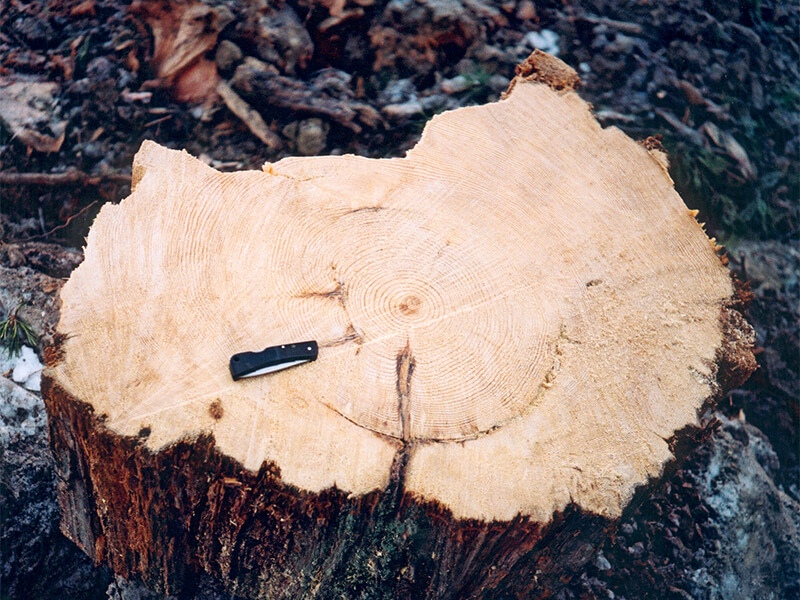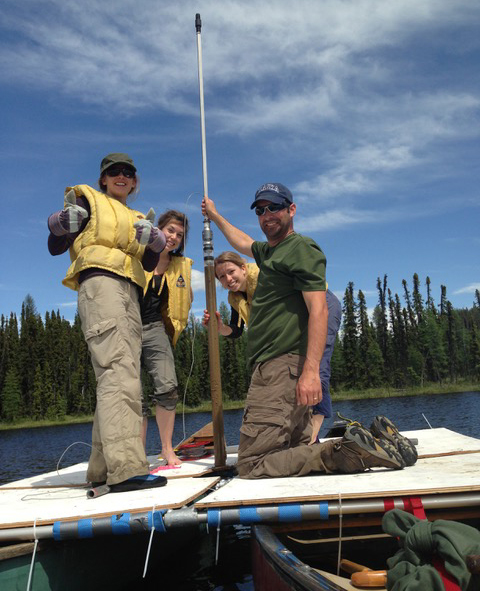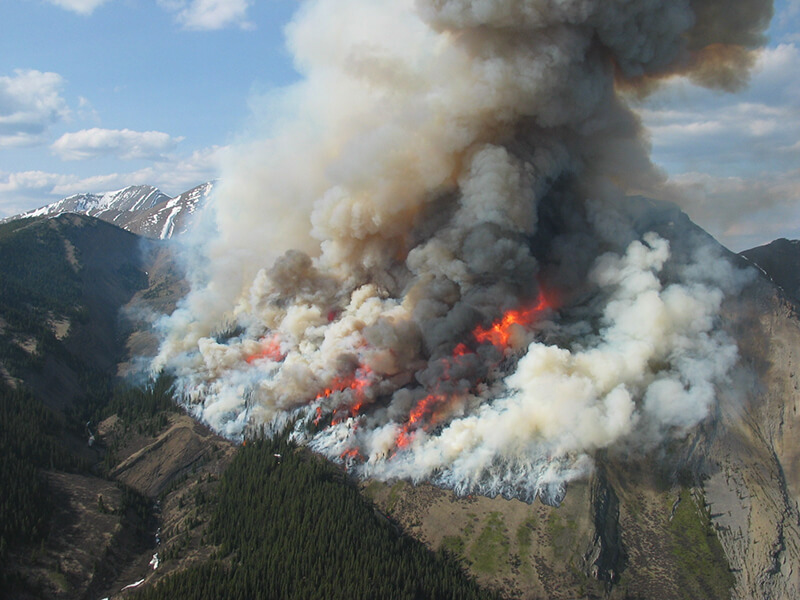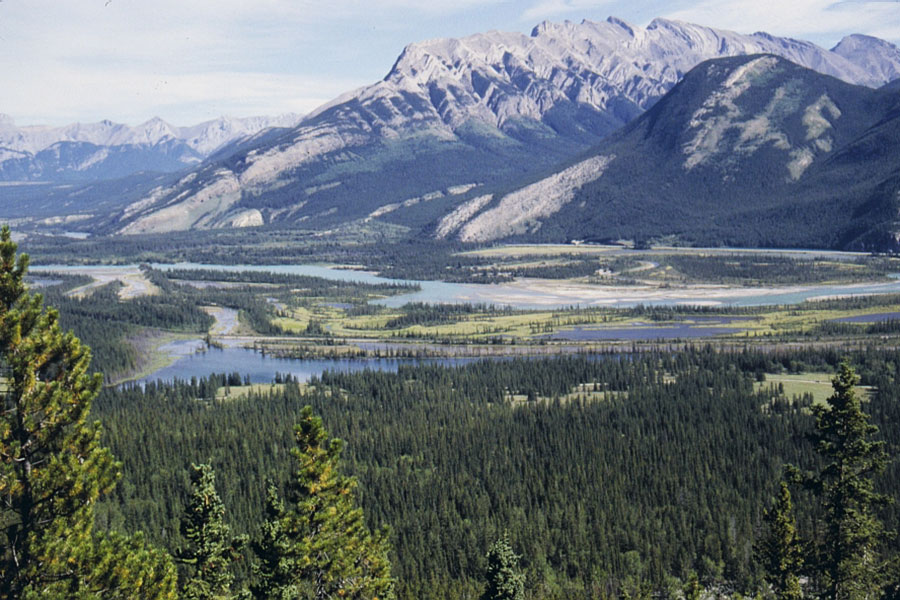
Abstract
To enhance understanding of how climate and humans influenced historical fire occurrence in the montane forests of Jasper National Park, we crossdated fire-scar and tree age samples from 172 plots. We tested effects of drought and climatic variation driven by the El Niño-Southern Oscillation (ENSO) and Pacific North American (PNA) pattern on fire occurrence. We also tested whether local droughts were associated with ENSO, PNA, Pacific Decadal Oscillation and Atlantic Multidecadal Oscillation. We used a combination of instrumental and proxy-climate records to test whether climatic variation explained the absence of fire scars in our study area during the 20th century. From 1646 to 1915, 18 fires burned mainly during drier than average years. Drought years, but not fire years, were associated with positive ENSO and PNA indices, corresponding to warmer conditions with reduced snowpacks. Fire frequency varied through time, although no fire scars have formed since 1915. Potential recording trees present at all plots and climate conducive to fire over multiple years provide evidence that human influences superseded climatic variation to explain the lack of fire scars during the 20th century. Fire suppression significantly altered the fire regime after the formation of Jasper National Park, justifying the ongoing mechanical fuel treatments, prescribed and managed wildfires to improve forest resilience to climate change.
Read the full paper here. It will be free until March 26, 2018.
Citation
Chavardès, R.D., L. D. Daniels, Z. Gedalof and D.W. Andison. 2018. “Human influences superseded climate to disrupt the 20th century fire regime in Jasper National Park, Canada.” Dendrochronologia 48: (2018) 10–19.










